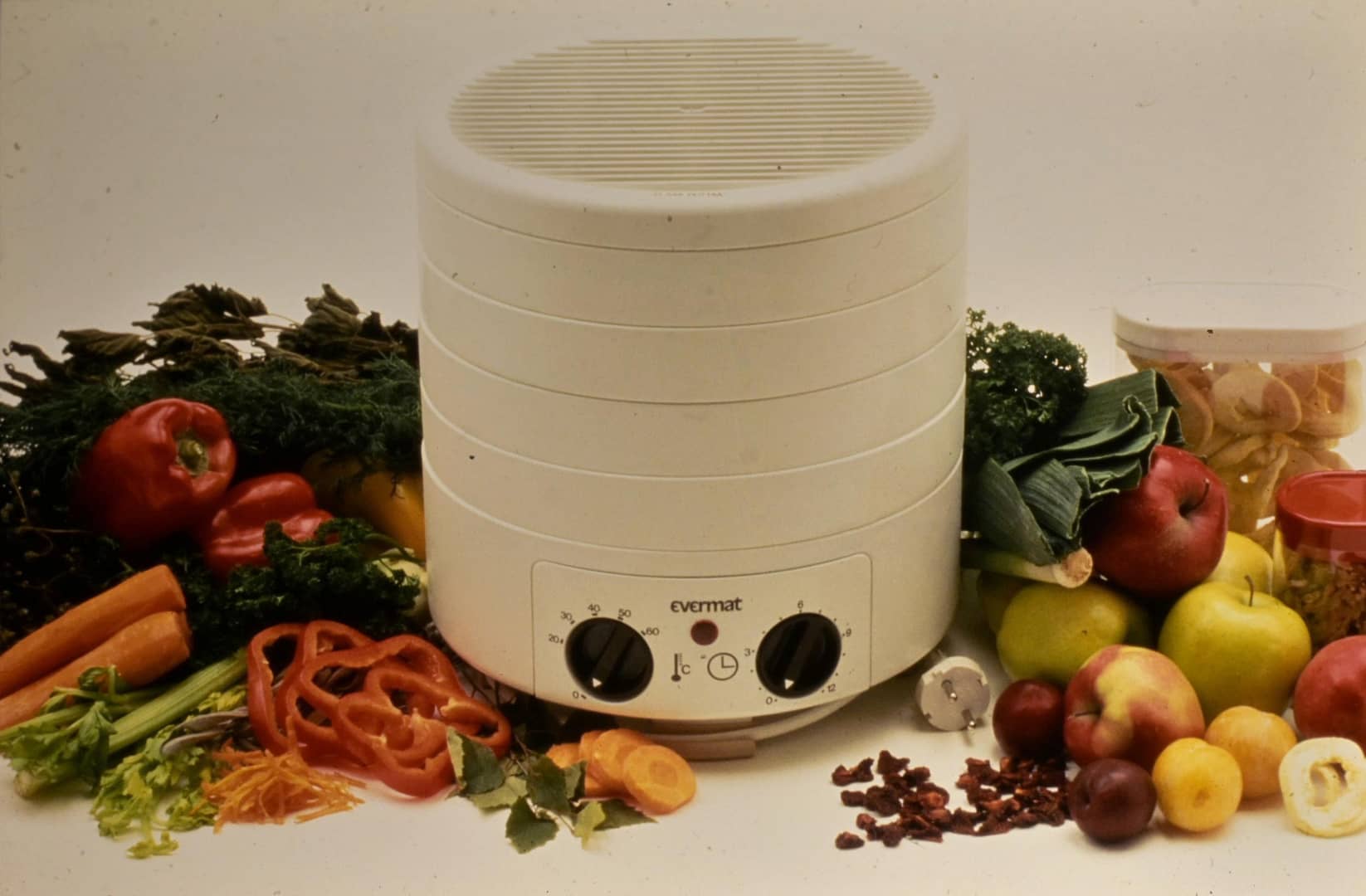
40 Years of Evermat: Designing A Product That Lasts
For far too long, the global economic system has been built around the idea of consuming more and more resources. Products have not been built to last; rather, their core idea has been to be discarded and replaced after a while. This, as we all know, has led to ever-growing environmental problems.
Lately, environmental issues are receiving more and more attention. For product design, this means a strategic shift of focus. Designing for recyclability is important. An even better approach is to design products that last.
The idea of developing sustainable products is not entirely novel. In the Nordics, companies such as Lego, Fiskars and Trangia have long been known for products which are passed on from one generation to the next. Among these forerunner companies is Evermat AB. The company’s famous food dryer is celebrating its 40th anniversary in 2022.
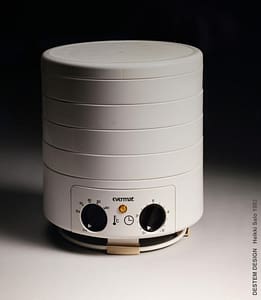
Geometric circular form and analog user interface were typical design drivers of the early 80’s. The product’s structure was straightforward and robust, resulting in a long-lasting product ahead of its time. Almost all parts may be reassembled and recycled. Picture: Heikki Salo | Destem Oy 1982
First introduced in 1982, the Evermat still receives strong sales in Sweden and Finland. It has been used by generations of consumers to dry vegetables, berries, fruits, spices, mushrooms, meat, and fish. A long-time user from Sweden sums it all: “Our first Evermat dryer has now been working for 30 years. It’s the best investment I’ve ever made! I dried fruit as candy for our girl when she was little (she is 33 years old now.) And we dry buckets of mushrooms in it every autumn. I also dry rosehips, rowanberries, lingonberries, etc. to secure our vitamin C needs for the winter.”
Notably, the original, iconic design of the Evermat remains unchanged to this day.
We interviewed Heikki Salo, the industrial designer behind the Evermat. Back in 1982, Heikki Salo worked at Destem which would later evolve to become ED Design. Salo worked in the Evermat development team from the very beginning.
“Originally, the Evermat was developed by the Finnish company Sarvis Oy. Tauno Tarna from Sarvis R&D had seen a simple light bulb -based bucket dryer in the US and brought one back with him to Finland. It was a real DIY product, but it did the job”, says Salo with a grin.
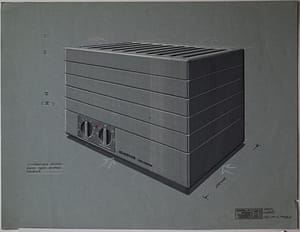
One of the first proposals was based on a rectangular form. It was soon put aside due to non-efficient airflow. Design style and hand drawing technique of the 80’s is visible in the picture. Picture: Heikki Salo | Destem Oy 1982
“There was an idea to create a proper, industrially manufacturable dryer. In our first meeting at Tampere, we ideated around a very simple specification: the dryer should fit in standard 30 cm kitchen closet, and the structure of the dryer should be modular.” Along with Tarna and Salo, Matti Muranen was also involved from the very beginning. Muranen would later have a strong role in making the idea into reality.
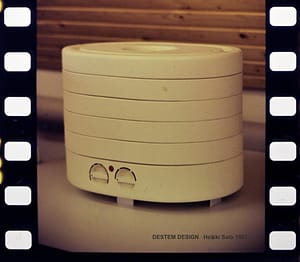
This architectural form was studied as more spacious version for round shape. It carried as far as mock up model but was finally rejected. Picture: Heikki Salo | Destem Oy 1982
Together, the three men studied different form factors and eventually settled upon a round, cylindrical form. “Sarvis had lots of experience in making plastic household containers, so the round form was familiar to them. The skills and capabilities to make a suitable injection mold were already present in-house.” But that was not the only reason for choosing a round shape: “To attain even air flow and efficient drying, a round shape was simply the best. It was a good match”, Heikki Salo explains.
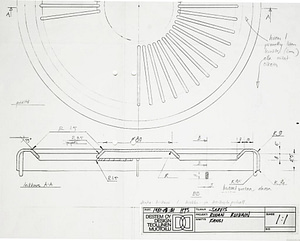
Until computers became as part of design process at the turn of the 80’s and the 90’s, all visualizations and structure design had to described with handmade drawings. A drawing board, linear rulers, a compass, and a variety of stencils were typically used in the process. Picture: Heikki Salo | Destem Oy 1982
ABS plastic was selected for the main material. It had and still has excellent properties. Moreover, it was considered as a high-end material in the 1980s. This matched the product’s intended market. Even then, customers were willing to pay premium for a product which worked perfectly for its purpose and a offered a long-time solution.
To this day, Swedish Evermat AB still produces the iconic Evermat.

Picture: Ulf Westman for Evermat AB 2019